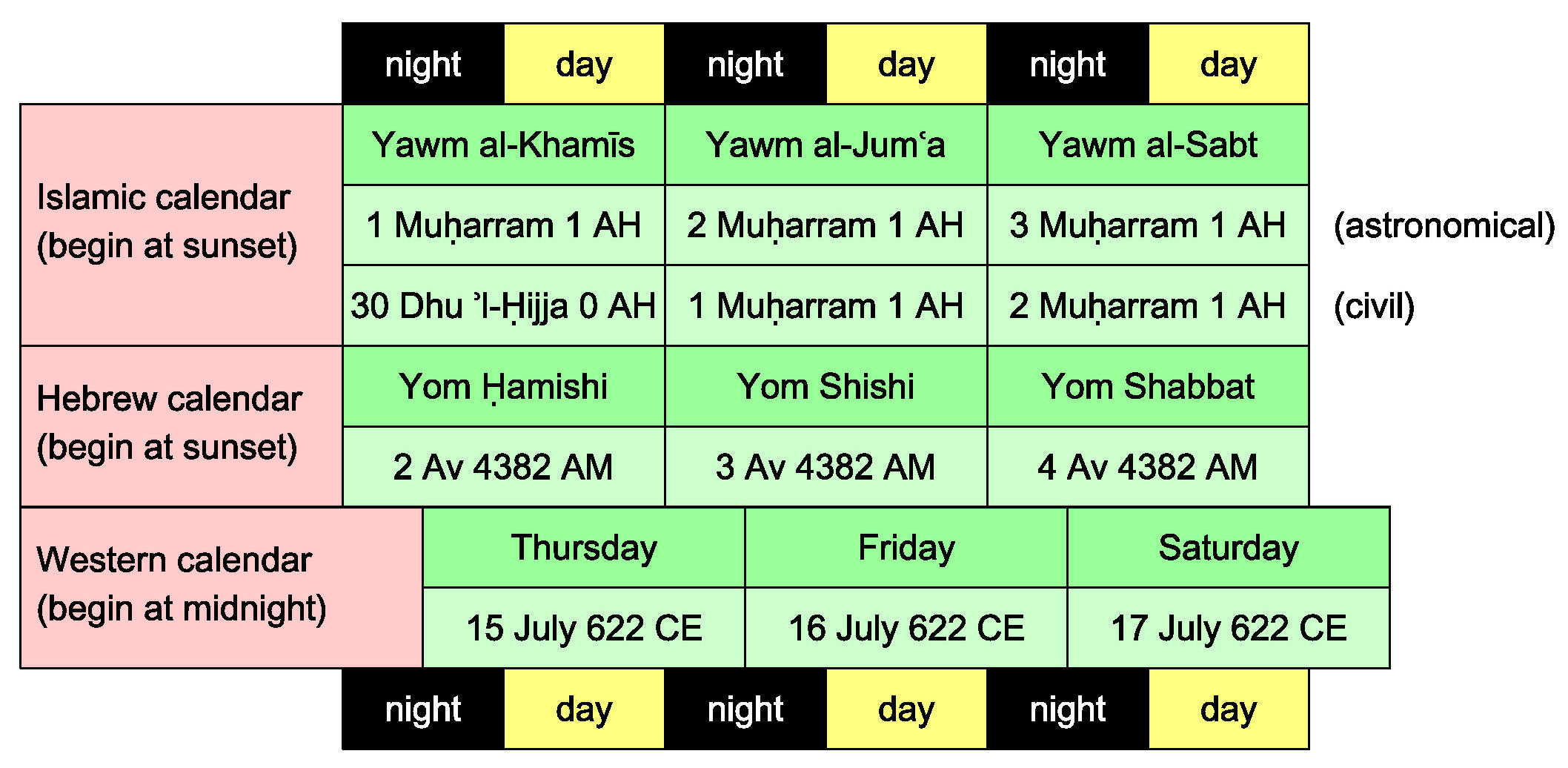When Islam surfaced in the 7th century, there were numerous calendars in use all over the world. Most of them were solar, some of them were lunar and the lunisolar ones. These unlike 2010 calendar or 2011 schedule were created and implemented in various civilizations in the world. Significantly all of them had different starting dates named as epochs. This inconsistency among various calendars even tually became a problem for young Muslims. They began to find it difficult to constantly record different times particularly those on papers and correspondences within the fast-rising Muslim world.
tually became a problem for young Muslims. They began to find it difficult to constantly record different times particularly those on papers and correspondences within the fast-rising Muslim world.
To be able to solve this issue and to ascertain a powerful relationship system that obviously marked the Islamic sacred months and their holidays, Umar ibn Al-Khattab who had been the next Muslim caliph purchased the establishment of an Islamic lunar calendar. This was in the season 638 AD. The amount of weeks was twelve. Utilizing the lunar pattern for calculating time was determined by the different passages in sacred Koran.
When Islam surfaced in the 7th century, there have been numerous calendars being used all over the world. Most of them were solar, a number of them were lunar and the lunisolar ones. Them all unlike 2010 schedule or 2011 islamic calendar were made and applied in different civilizations in the world. Significantly them all had different beginning times named as epochs. That inconsistency among various calendars eventually became a challenge for small Muslims. They started to find it too difficult to constantly record different dates particularly those on documents and correspondences within the fast-rising Muslim world.
To be able to solve this problem and to determine a fruitful relationship process that clearly noted the Islamic sacred months and their vacations, Umar ibn Al-Khattab who was simply the 2nd Muslim caliph ordered the establishment of an Islamic lunar calendar. This is in the entire year 638 AD. How many weeks was twelve. Using the lunar cycle for testing time was determined by the different passages in sacred Koran.
The starting point of that new Islamic schedule was the Muslim’s popular migration to the safety of Medina to avoid persecution in Mecca. The big event itself happened some 16 decades earlier. So to be able to level the event, the name of the Islamic schedule was determined as Hijri. The term was picked up from an Arabic term for migration named as Hijrah. Therefore the day of the Islamic schedule epoch dates back to the 16th of July 622 AD as per the Gregorian calendar. The new Islamic lunar month starts when the newest crescent moon is viewed. The globally acknowledged Gregorian and Islamic calendars equally have similar 12 months.
The starting place of this new Islamic calendar was the Muslim’s popular migration to the security of Medina to prevent persecution in Mecca. The big event itself happened some 16 decades earlier. Therefore to be able to level the big event, the name of the Islamic calendar was decided as Hijri. The word was found from an Arabic term for migration called as Hijrah. So the time of the Islamic schedule epoch dates back to the 16th of September 622 AD according to the Gregorian calendar. The newest Islamic lunar month starts when the new crescent moon is viewed. The globally recognized Gregorian and Islamic calendars both have related 12 months.

